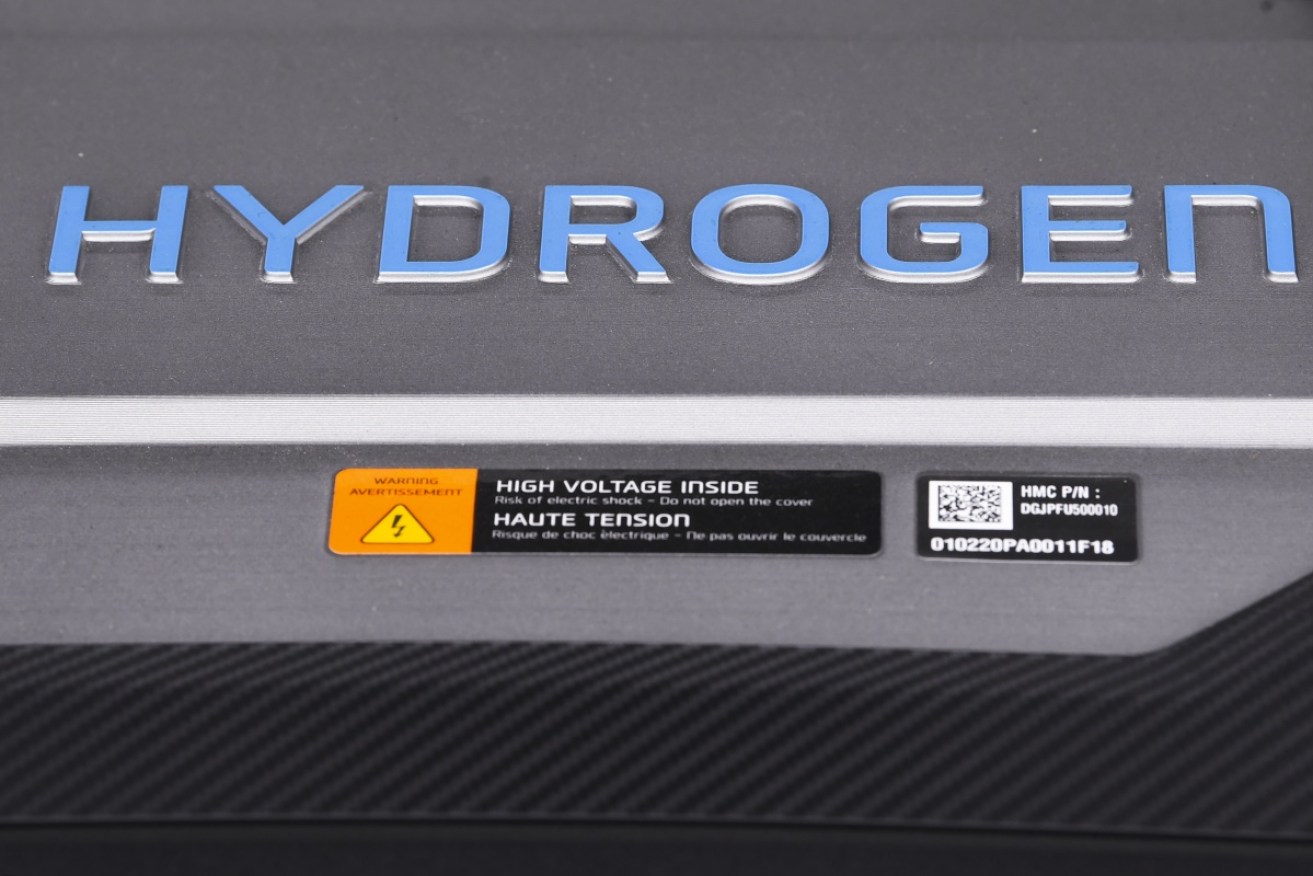Super research warns of potential hydrogen emissions as funds eye environmental investments

Courses in hydrogen production reflect the rise and future of green technology. Photo: AAP
Australian governments must ensure the emerging hydrogen industry does not drive up national greenhouse gas emissions, research commissioned for some of Australians largest super funds has warn.
Supported by taxpayer subsidies, Australian companies are developing hydrogen as a potential alternative fuel because it does not contribute to global warming when combusted.
But carbon emissions occur if hydrogen is derived from gas rather than the renewables-based option backed in a report issued on Thursday by the Investor Group for Climate Change.
The research was conducted for Australian industry super funds, retail funds and fund managers, who need to place long-term bets on industrial change and the direction of the economy.
The report calls for more robust rules to support a plethora of hydrogen announcements by governments.
“Current policy settings do not provide sufficient support for the long-term institutional investment required to build a globally competitive hydrogen industry in Australia,” the group warns.
Announced hydrogen projects in Australia exceed $124 billion, mostly in Queensland and Western Australia, but nearly all of this investment is dependent on the success of small-scale pilot projects or feasibility studies.
Of the new hydrogen projects, at least 65 are green hydrogen projects, compared to three trying to create hydrogen from fossil fuels and carbon capture and storage technology.
Trials by Woodside, BlueScope Steel, Fortescue Future Industries and other companies are close to industrial hubs on the east and west coasts of Australia, aiming to ensure a future for refiners and other heavy industry.
But liquid hydrogen, or blends of fuel, could also replace gas that is piped into homes or be used for fuel cells to power cars and trucks.
Investors are urged in the report to support green hydrogen, which refers to that produced from electrolysis – splitting hydrogen from oxygen in water – using renewable electricity with zero direct emissions.
The key to its commercially viability is to quickly reduce the cost of the electrolysers used in the process.
Australia can produce green hydrogen competitively, but will need to continue to expand renewable energy sources to support it, the report says.
Investors also want planning and environmental approval processes untangled and less red tape around property rights and access.
There must be access to high-voltage transmission and access to significant amounts of water, the report says.
The report questions the viability of blue hydrogen, which is produced from gas where emissions are captured and stored.
“It is critical to ensure that a hydrogen industry in Australia does not drive up national emissions,” the report said.
Currently, there are no international standards and no regulated certification scheme for hydrogen to measure and be accountable for carbon content.
“Blue hydrogen is likely at a higher risk when certification is phased in, given the need to account for transportation leakage, fugitive and other life cycle emissions,” the report said.
“Whereas green hydrogen produced from renewable energy does not emit carbon.”
– AAP








